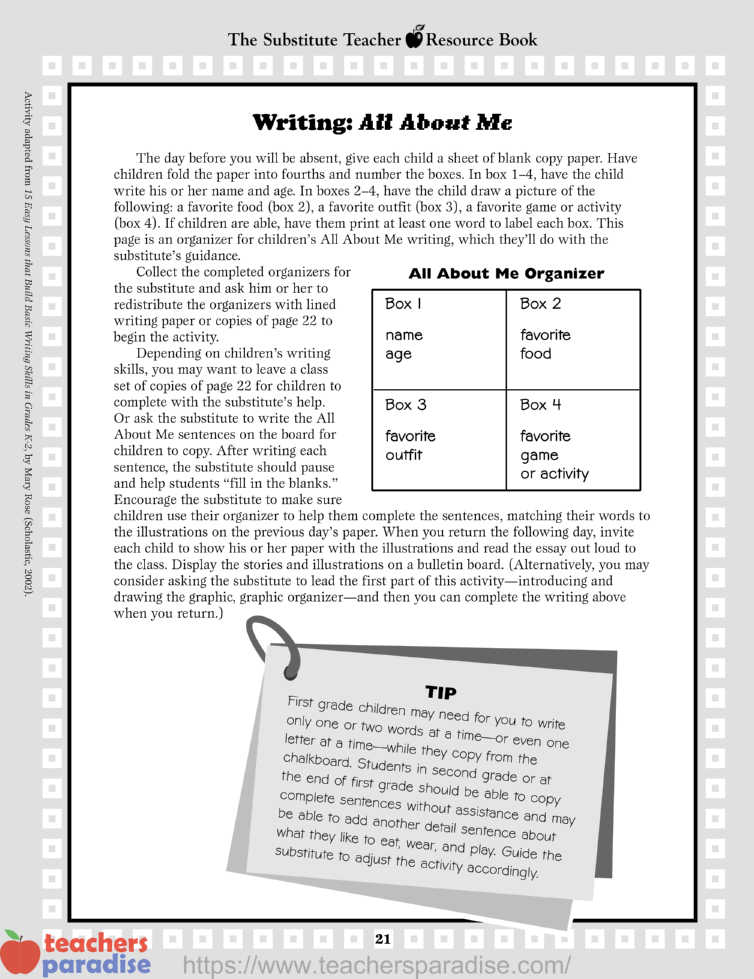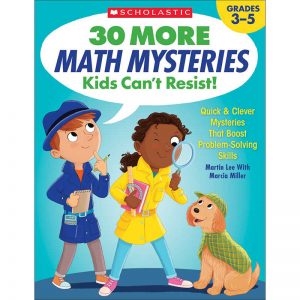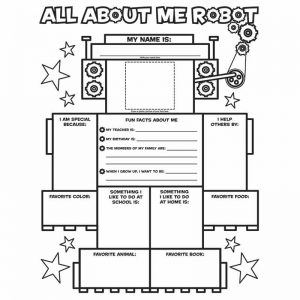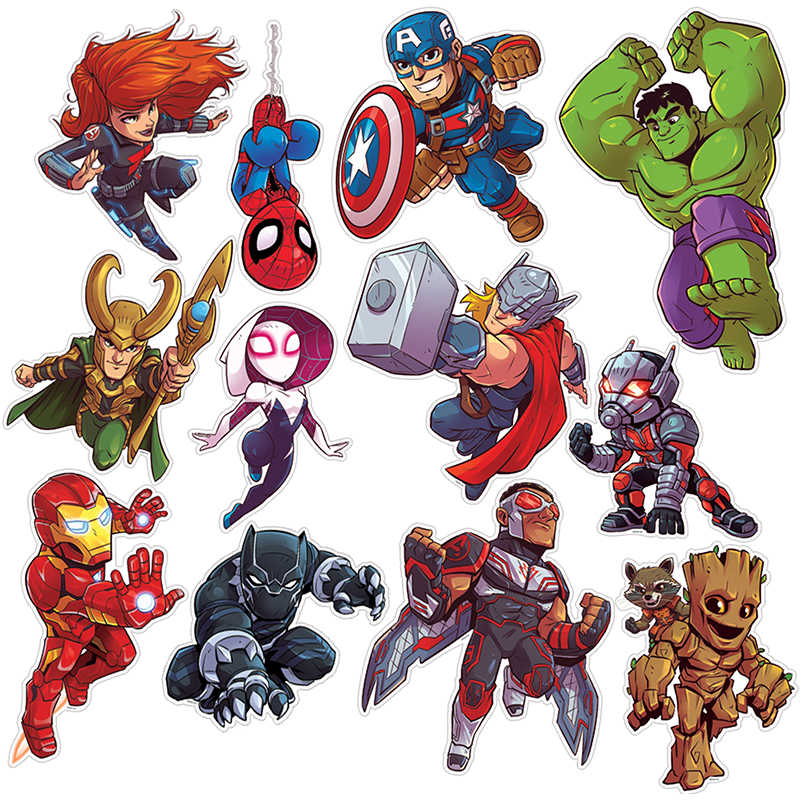The Substitute Teacher Resource Book
INTRODUCTION FOR THE CLASSROOM TEACHER
Dear Classroom Teachers,
You may know that for several years I wrote a column in Instructor magazine entitled “Ask Mary.” It was a “Dear Abby” format in which teachers would ask me questions and I would answer them in the column. One day I got this question from a substitute teacher:
Dear Mary,
Why do classroom teachers treat substitute teachers so badly? We really feel like
second-class citizens, but we perform a valuable service for teachers and for students.
When I read this, I instantly felt a tinge of guilt—not because I have treated my substitutes badly, but because they have been overlooked and underappreciated by our whole profession. So this book is for them, but it is also for you—the classroom teacher. Together we can make the job of the substitute teacher easier and in doing so, help him or her be much more effective in our classrooms.
WORKSHEET & Sample PDF Activity
Sample PDF Activity
Giving your substitute clear directions and the tools they need will make his or her day go more smoothly, will offer you peace of mind while you are absent, and most importantly, will assure that your students remain productive while you are gone. But you can do more. Very simply, you can offer the substitute a measure of the respect that they deserve.
This is the answer that I wrote for the “Ask Mary” column:
Dear Substitute,
You are correct that substitute teachers have not garnered the respect they deserve. Teachers that have spent their career in their own classroom often do not have an appreciation for the difficulties you face every day. So this letter is for all “regular” teachers out there. Please take a moment for some random acts of kindness for these hard-working professionals.
• When you know there is a sub, step into his or her classroom, introduce yourself and say, “Welcome to our school.”
• Offer to take any students who are disruptive and to make copies or provide worksheets that might be helpful.
• See if he or she knows where the adult restrooms are and offer to buy some coffee.
• Offer to answer questions about the daily schedule and directions about where to send students for classes such as speech and music.
• At lunchtime, save the sub a seat beside you and make sure he or she is on time to pick up students after lunch.
• After school, thank the sub for being at your school and for doing a great job.
Thanks for all you do for students! —Mary
It is my hope that this book will help you prepare for the substitute and will allow you to work with this person for the best use of instructional time for your students.

INTRODUCTION FOR THE SUBSTITUTE TEACHER
Welcome to the dynamic world of the classroom teacher.
The job of the substitute teacher is one of the most challenging jobs in education. It is also one of the most overlooked and underappreciated positions in this country. You are expected to enter a classroom full of unfamiliar students, adapt to specific curriculum and schedules, maintain order, and be on time for everything, and in the case of the youngest children, assume the role of mother or father. Sometimes you will need to deal with children who are grieving for an absent teacher. You may be one of a long parade of substitute teachers they have seen this school year. You may not get a lot of help or respect from the parents or the teachers in the building. You may be called on with the least amount of notice possible. At times it may seem like an impossible task, but with each assignment, you will gain organization and management skills—and confidence. The ideas and guidelines in this section can help you master these skills and make the most of each day in the classroom.
Step One: Before You
Set Foot in the Classroom
Invest a couple of dollars in a large tote bag (or invest 25 cents in a paper shopping bag with sturdy handles). Then spend about $5 at your local copy center to buy a package of cheap stick-on name tags and to make some copies of the reproducibles in the back of this book. Select three or four activities and make about 30 copies of each. (Choose a variety of activities—one just for fun, several for reading, one for math, and so on.) You may carry these around for weeks and never use them, but it will be nice to know you have a backup plan if you need something quickly to occupy your charges. If you have a couple of extra dollars, purchase a small package of “good work” stickers. Avoid designs that are seasonal or specific so that you can use them for any grade at any time.
TIP
If you use some of your copies, you may be permitted to make replacements or extras on school copy machines, which are usually in high demand and subject to rules and restrictions. Be sure to ask permission and to copy only to replace what you have used or are planning to use the following day.
Writing: All About Me for the Substitute Teacher
The day before you will be absent, give each child a sheet of blank copy paper. Have children fold the paper into fourths and number the boxes. In box 1–4, have the child write his or her name and age. In boxes 2–4, have the child draw a picture of the following: a favorite food (box 2), a favorite outfit (box 3), a favorite game or activity (box 4). If children are able, have them print at least one word to label each box. This page is an organizer for children’s All About Me writing, which they’ll do with the substitute’s guidance.
Collect the completed organizers for the substitute and ask him or her to redistribute the organizers with lined writing paper or copies of page 22 to begin the activity.
Depending on children’s writing skills, you may want to leave a class set of copies of page 22 for children to complete with the substitute’s help. Or ask the substitute to write the All About Me sentences on the board for children to copy. After writing each sentence, the substitute should pause and help students “fill in the blanks.” Encourage the substitute to make sure children use their organizer to help them complete the sentences, matching their words to the illustrations on the previous day’s paper. When you return the following day, invite each child to show his or her paper with the illustrations and read the essay out loud to the class. Display the stories and illustrations on a bulletin board. (Alternatively, you may consider asking the substitute to lead the first part of this activity—introducing and drawing the graphic, graphic organizer—and then you can complete the writing above when you return.)
Activity adapted from 15 Easy Lessons that Build Basic Writing Skills in Grades K-2, by Mary Rose (Scholastic, 2002).
TIP
First grade children may need for you to write only one or two words at a time—or even one letter at a time—while they copy from the chalkboard. Students in second grade or at the end of first grade should be able to copy complete sentences without assistance and may be able to add another detail sentence about what they like to eat, wear, and play. Guide the substitute to adjust the activity accordingly.
Substitute Teacher DISCIPLINE DOs
Maintain control by directing management questions to the right child and asking discreetly. To avoid asking children questions that may signal your lack of familiarity with procedures and rules (“What time is lunch?” and “Where is the stapler?”, call a calm, cooperative child to your desk and quietly ask the question to him or her individually. (“Thanks for coming so quickly, Ruth. Can you tell me where Mrs. __ keeps her stapler?”)
When you are giving instructions, stand firmly in front of the class and speak slowly and clearly. Pass out the papers yourself, or choose someone from the helper chart to assist you.
Be consistent with everything you say and do. Children will trust and respond positively to teachers who follow through on what they promise (in regard to behavior, privileges, work, breaks, and so on), so you want to only make promises you can keep and then keep all of them!
Wait for silence before you begin talking. This is the number one management blunder for any teacher to avoid: Repeating yourself or yelling to make yourself heard. Say, “Boys and girls, I need your attention, please.” Then wait a couple of seconds for them to look at you and get quiet. If this does not happen, stand near students who are still not listening and repeat your request. Use a calm, firm voice. If you are still having difficulty, go to the noisiest group or individual and quietly ask the child or children to please cooperate so that you will not have to fill out any discipline forms today or send anyone to the office. Then repeat your request one more time using a calm, but firm, voice. While you are getting the attention of the class, do not talk or give directions. Say, “I would like to see your eyes looking at me.” When they are looking at you, paying attention and quiet, thank them and give your instructions clearly.
TIP
Need a helper fast? Choose the child that you think might be a troublemaker. Compliment him on his behavior (he hasn’t had time to act up yet!) and ask him to help you distribute papers or supplies or carry something. (Do not send the perceived troublemaker on an errand outside of the classroom.)
























